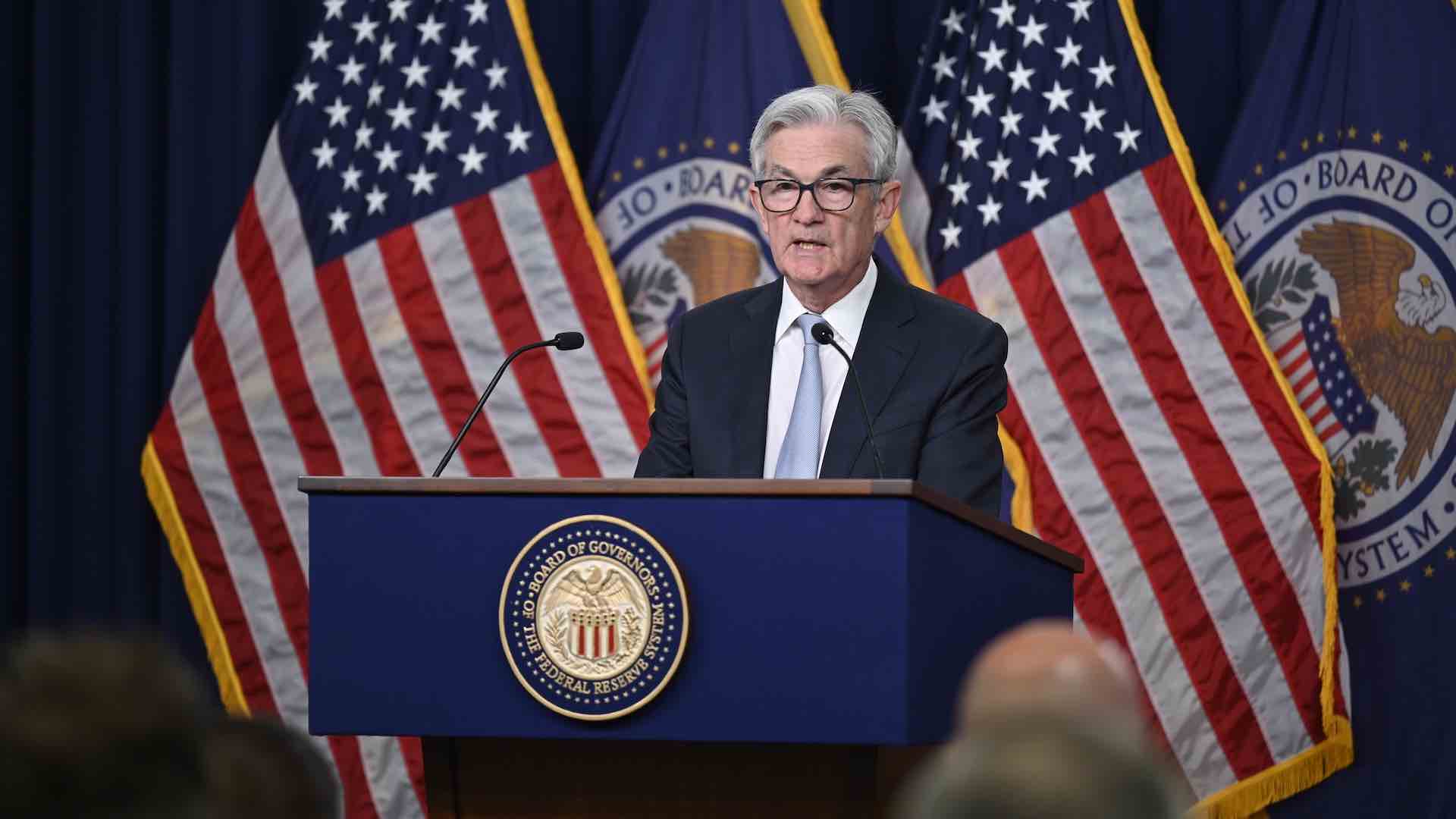Federal Reserve officials expressed concerns during their December meeting over potential inflationary pressures stemming from policies proposed by President-elect Donald Trump, according to minutes released Wednesday. The officials signaled a cautious approach to interest rate adjustments in light of significant uncertainties regarding trade and immigration policies. Without explicitly naming Trump, the minutes referenced potential economic impacts of his proposed actions, including tariffs on key trading partners such as China, Mexico, and Canada, as well as plans for deregulation and mass deportations.

These uncertainties, coupled with recent inflationary trends, led Federal Open Market Committee (FOMC) members to adopt a measured stance on monetary policy. “Almost all participants judged that upside risks to the inflation outlook had increased,” the minutes noted, citing stronger-than-expected inflation readings and anticipated effects of potential policy changes. As a result, the Federal Reserve adjusted its monetary policy course, lowering its benchmark borrowing rate to a range of 4.25%–4.5% in December, while reducing its projection for 2025 rate cuts to two, down from four in earlier forecasts.
Fed Chair Jerome Powell, addressing the rate decision during a subsequent press conference, likened the current economic environment to “driving on a foggy night,” emphasizing the need for caution. This sentiment was echoed in the minutes, which described the current rate as “significantly closer to its neutral value” and highlighted the importance of a “careful approach” to future monetary decisions. The minutes detailed key economic conditions influencing the Fed’s stance, including inflation levels exceeding the 2% target, strong consumer spending, a stable labor market, and robust GDP growth through 2024.
Officials noted that core inflation had reached 2.4% in November, while the broader measure, including food and energy prices, stood at 2.8%. While acknowledging some potential for inflation to moderate, Fed members remained vigilant about upside risks. Internal forecasts suggest inflation may not align with the 2% target until 2027, further justifying the committee’s gradual approach. The document underscored that future policy decisions will remain data-dependent and responsive to evolving economic conditions.
The Fed’s longer-term outlook anticipates further rate reductions in 2026, with the long-run federal funds rate projected to stabilize near 3%. For now, officials plan to pause additional cuts, with markets predicting no change at the upcoming Jan. 28–29 meeting. The deliberations reflect the Fed’s balancing act as it navigates a complex economic landscape shaped by global uncertainties and evolving domestic policies. The cautious stance underscores the committee’s focus on sustaining economic stability while addressing inflation risks. – By MENA Newswire News Desk.
